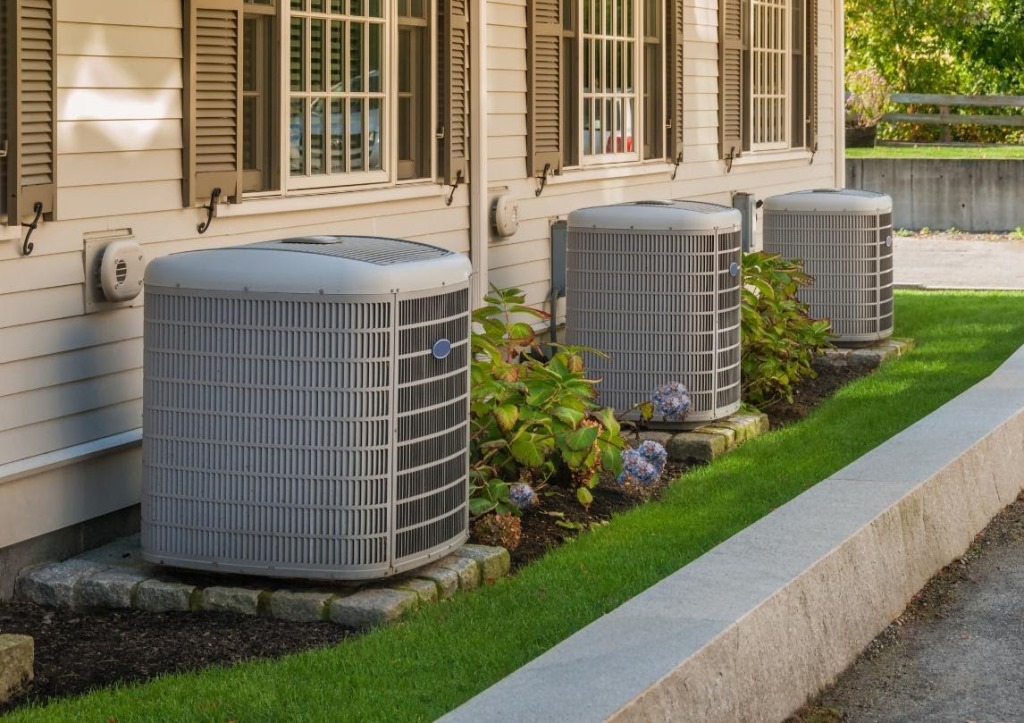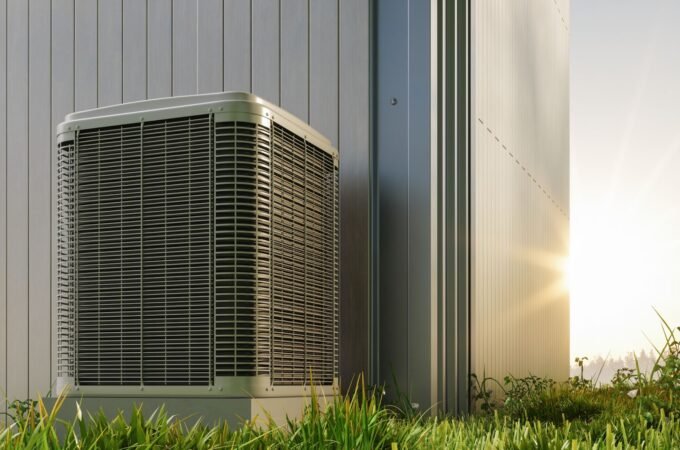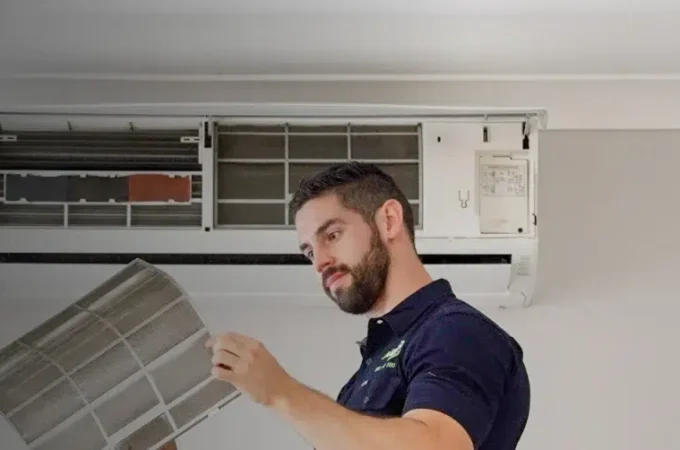
These are the Common Types of HVAC Systems
It’s probably not the first thing most people worry about when they buy a house. Eventually, though, everyone starts thinking about their HVAC system.
Maybe it’s in during the high heat of summer when the house just never cools off enough. Maybe it’s in the winter when the house doesn’t ever feel warm enough.
Once you start thinking it’s time for a new one, you discover that there are several common types of HVAC systems. If you’re in the market for an overview of those systems, keep reading for our quick guide.
HVAC Basics
Before jumping into the systems themselves, it’s helpful to take a quick look at HVAC basics. HVAC systems generally consist of a furnace or heat exchange, an air conditioning unit, a blower, and ductwork.

HVAC systems handle a few essential functions:
- Heating
- Cooling
- Humidity control
For a more detailed explanation of HVAC system functions, you can read more here.
Split HVAC System
Probably the most common of all the available HVAC systems, the split HVAC system has components inside and outside of the house.
The exterior portion of the system is part of the AC unit. It typically contains the following components:
- Compressor
- Condenser coils
- A fan
- Electronics
The exterior unit also connects to the interior unit by way of hoses or piping that moves refrigerant around. The interior portion of the AC unit is an evaporator coil. That is usually installed near the furnace.
The interior unit typically consists of a furnace, which may run on electricity, natural gas, or propane. Both the AC and furnace connect with the duct system and blower. The duct system and blower help circulate the warm or cool air throughout the house.
These systems work well in almost any climate as long as the units are sized appropriately.
Hybrid Split System
A hybrid split system typically uses a similar blower and duct system to move warm and cool air. The system itself is markedly different.
Instead of using a dedicated furnace for heat and AC unit for cooling, the hybrid split system depends primarily on an electric heat pump. In essence, a heat pump transfers heat from one place to another.
During the winter, it can sap some heat from the outside air despite the cold. It then delivers that heat into the home. During the warm summer months, the pump saps heat from the inside air and dumps it outside.
The system then circulates the warmed or cooled air.
What makes a hybrid system a split system is that it also includes a furnace unit. During intense cold periods, the heat pump can’t grab enough heat from the outside air. When that happens, the furnace takes over and delivers heat to your home.
Of the HVAC system types, this one works best in moderate climates that don’t see extreme cold. That prevents the furnace unit from kicking on too often and driving up utility costs.
Ductless Split System
A ductless split system or ductless mini-split system offers an alternative for homes without existing duct systems. These units employ a heat pump and include indoor and outdoor components.
The outdoor components consist primarily of a compressor, fan, and condenser. This unit does most of the heavy lifting in the system.

The interior components are wall-mounted units that serve a single room. It’s important to note that these units only handle heating and cooling for a single room. They won’t heat a whole home.
The interior units connect with the exterior unit by way of tubing. They also require basic wiring to provide the unit with power.
These units also work best in regions with moderate climates. Their inability to temperature control a whole house makes sub-freezing temperatures problematic.
Packaged Systems
One of the other types of HVAC systems you might consider are packaged systems.
A packaged system essentially combines the furnace and AC unit into one big piece of machinery. These systems typically get used in commercial buildings because the entire unit stays outside. However, some homeowners like them because they provide a quieter system inside the home.
Nonetheless, these systems also get a shorter overall lifespan. The persistent exposure to the elements causes the components to wear out faster than furnace units housed indoors.
On the upside, these units will work in most climates.
Geothermal Systems
A less common but still viable option for residential HVAC is a geothermal system. These systems also work on a heat pump system, but it’s a little different than ductless split or hybrid split systems.
A geothermal system’s biggest component is a ground loop. It’s quite literally a loop of pipe that’s buried under the ground. The loop typically gets installed vertically, but it can also go in horizontally if you have enough land.
The main concern is getting the majority of the piping beneath the frost line where the ground temperature remains constant. The pipes may contain water, but more often contain a combination of antifreeze, refrigerant, and water.
The system pumps the liquid down through the pipe. During the summer, the ground leeches off heat from the liquid. This lets the system use the cooled liquid to provide cooled air.
In the winter, the liquid captures heat from the ground that the system can disperse into the home.
Geothermal systems can work in most environments, but the initial installation costs remain high. These systems do, however, reduce your environmental impact.
Picking from the Types of HVAC Systems

Picking the right system the types of HVAC systems available can prove a bit of a challenge.
Geothermal systems offer a more eco-friendly approach, while ductless split systems offer more versatility. Selecting a traditional split system means you can probably get service on the system whenever you need it.
You need to look at your home and evaluate which option will work best for your situation.
Looking for more ways you can build a better home? Check out our home improvement section on this site.




